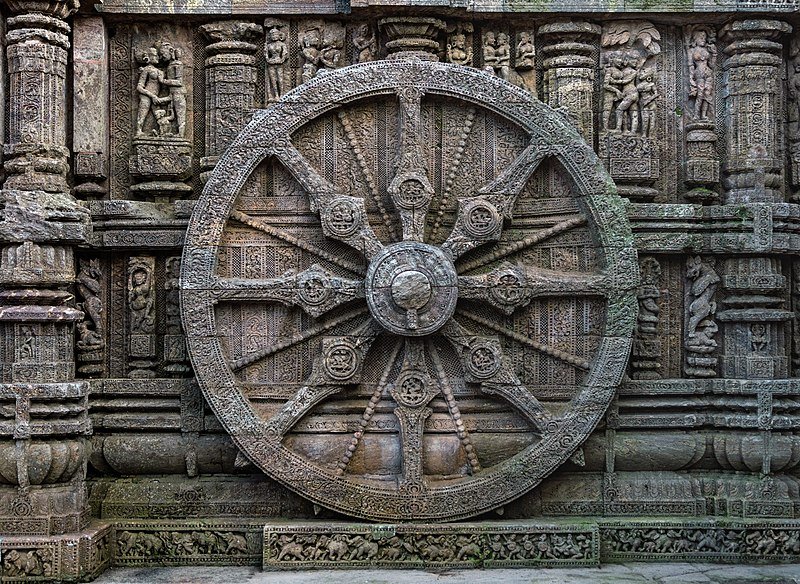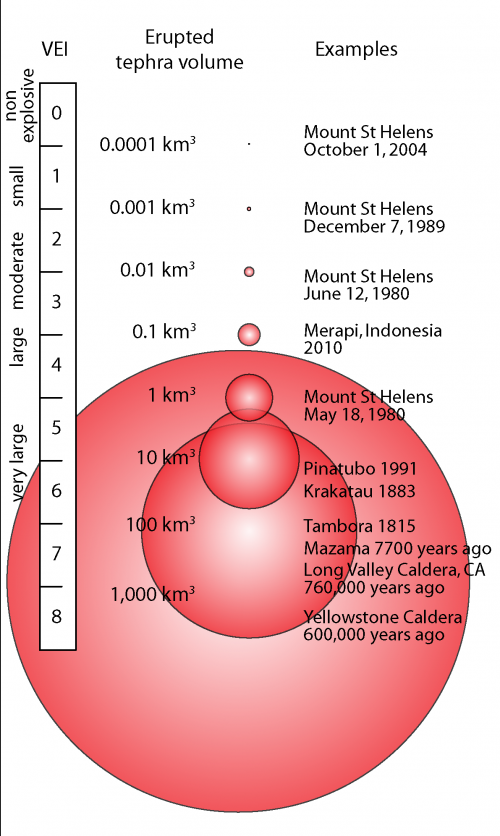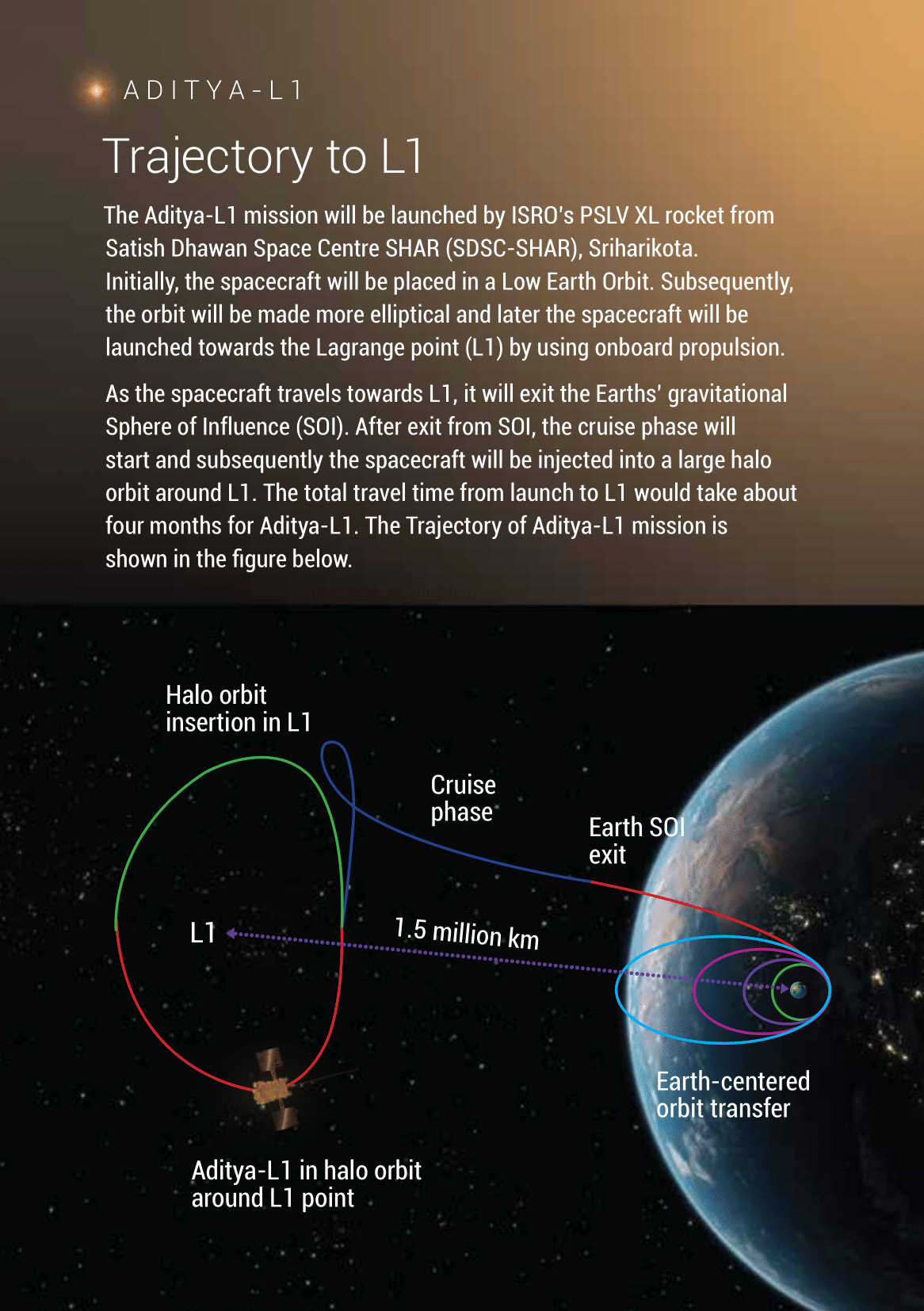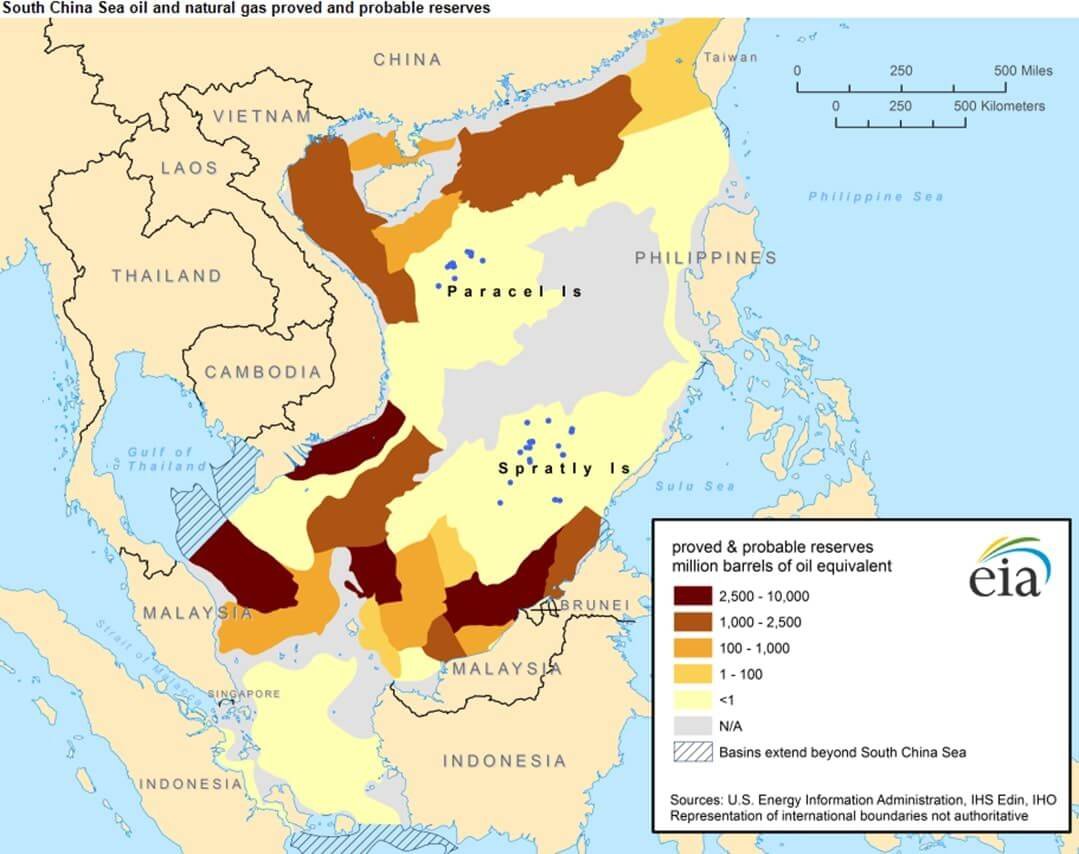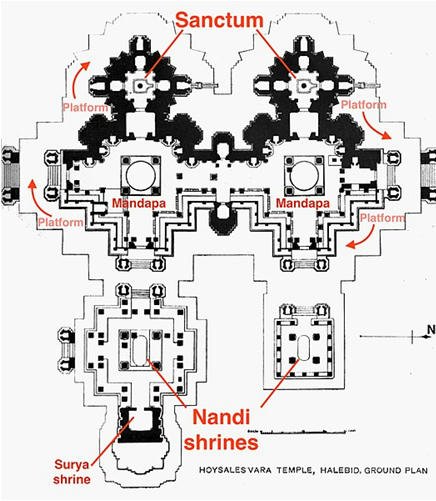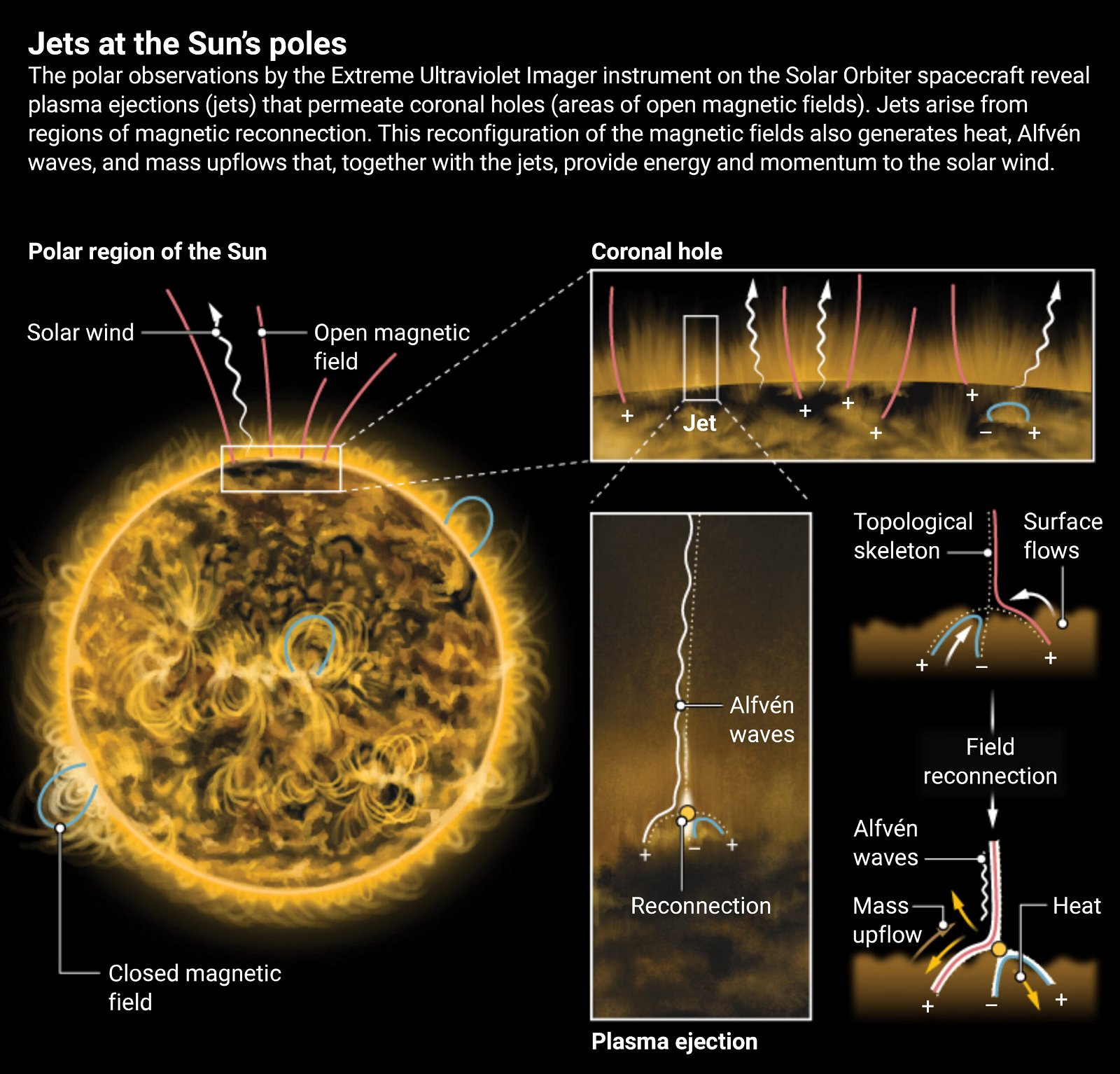
Current Affairs September 07, 2023: Nataraja Sculpture, Dementia, Vaccine Diplomacy, Party symbol, Ecocide, Rate of the Universe’s Expansion
Subscribers of "Current Affairs" course can Download Daily Current Affairs in PDF/DOC
Subscribe to Never Miss an Important Update! Assured Discounts on New Products!
Must Join PMF IAS Telegram Channel & PMF IAS History Telegram Channel
{GS1 – A&C – Art – 2023/09/07} Nataraja Sculpture
- Context (IE): A Nataraja (dancing form of Shiva) statue made of ashtadhatu (eight-metal alloy) is installed at the Bharat Mandapam.
- Nataraja is an important symbol of cosmic energy, creativity, and power.
- The design draws inspiration from three revered Nataraja idols:
- Thillai Nataraja Temple in Chidambaram
- Uma Maheswarar Temple in Konerirajapuram
- Brihadeeshwara Temple in Thanjavur (UNESCO World Heritage Site).
- The crafting process adopted was the ‘lost wax’ casting method, indigenous to the Chola era.
Nataraja Sculpture
- The earliest known Nataraja sculpture has been excavated at Aihole.
- It was made during the early Chalukya rule and reached its peak under the Cholas.
- Bronze statues of Nataraja of the Chola period are considered masterpieces.
Images of Shiva in different forms
|
Bronze Sculpture and Lost-wax technique
- Bronze is an alloy consisting primarily of copper and tin.
- The lost-wax technique has been used for making objects of metal since the Indus Valley Culture.
- ‘Dancing Girl’ from Mohenjodaro is the earliest bronze sculpture (2500 BCE).
{GS2 – Health – Diseases – 2023/09/07} Dementia
- Context (TH): The Dementia India Alliance (DIA) has launched a national Dementia support line and an online memory screening clinic called DemClinic.
- Dementia is a general term for a group of symptoms that affect memory, thinking and social abilities. It is not a specific disease, but rather a result of various diseases that affect the brain.
Some of the Most Common Types of Dementia

Alzheimer’s Disease
- This is the most common type of dementia, accounting for 60-80% of cases.
- It is caused by abnormal buildups of proteins in brain, called amyloid plaques and tau tangles.
- These proteins damage the brain cells and their connections, leading to memory loss, confusion etc.
Vascular Dementia
- Vacular dementia is caused by reduced blood flow to the brain, due to strokes or other problems.
- This can affect the brain’s ability to process information, plan, reason, and focus and cause weakness.
Lewy Body Dementia
- This type of dementia involves abnormal deposits of a protein called alpha-synuclein in the brain.
- These deposits are called Lewy bodies and they affect the brain’s chemical balance and function.
- It cause hallucinations, delusions, sleep problems, movement disorders etc.
Frontotemporal Dementia
- This is a rare form of dementia that tends to occur in younger people (45 to 65 years of age).
- It is responsible for personality, behaviour, language, and judgment.
{GS2 – IR – Diplomacy – 2023/09/07} Vaccine Diplomacy
- Context (TH): During the COVID-19 pandemic, for the first time in history, three non-Western powers, Russia, China and India, dominated international vaccine aid.
Background of Vaccine Diplomacy
- Traditionally, Western powers have been the major donors of health aid while non-western nations have been the recipients.
- Health aid is a part of a country’s diplomatic toolkit, to be deployed judiciously in pursuit of geopolitical goals.
- During the Cold War, the two big powers, the U.S. and the Soviet Union, both developed and delivered vaccines against small pox and polio. This came to be known as ‘vaccine diplomacy’.
Reasons Why Non-Westren Powers Dominated Vaccine Diplomacy During COVID-19
- Russia, China, and India were more proactive than Western powers in distributing vaccines to emerging markets during COVID-19 due to two reasons:
- Many countries were in desperate need of vaccines.
- Western nations were hoarding vaccines.
- They succeeded in vaccine diplomacy due to their three relative strengths:
- Vaccine R&D: Countries with an advantage in vaccine R&D more open to technology transfer.
- Manufacturing: Countries with greater manufacturing capability more likely to keep vaccine production within their borders than outsourcing it overseas.
- Delivery: Countries with expansive distribution networks prefer bilateral/multilateral distribution.
Russia’s Role: Technology Transfer
- Russia, which is strong in vaccine R&D and weak in production and distribution, has relied on outsourcing vaccine production with technology transfer. This has two advantages:
- It will either promote sales (when its vaccines have low global credibility) or encourage offshore production (when the country has limited domestic production capacity).
- Technology transfer is welcomed by developing countries to secure vaccine supply and develop their pharmaceutical industry. So, it can be used to enhance soft power of the giving country.
- This was the approach Russia took with its Sputnik-V vaccine.
|
India’s Role: Massive Donations
- India was producing 60% of the world’s vaccines even before the pandemic.
- So, India’s vaccine diplomacy was characterised by:
- mass-production of Western-invented vaccines
- prompt bilateral donations
- large-scale sales to bilateral buyers and multilateral COVAX initiative
- The “Western-invented” Covishield was the major currency of India’s vaccine diplomacy, as it leveraged the massive capacity of Serum Institute of India (SII), the world’s largest vaccine producer.
- India quickly rolled out large-scale bilateral programme called ‘Vaccine Maitri’ (Vaccine Friendship).
- Two broad patterns were observed in India’s vaccine diplomacy:
- A ‘neighbourhood first’ policy
- A preference for Caribbean and African states with sizeable populations of Indian diaspora
- Along with geopolitical interest, India needed to cover the cost of manufacturing.
- So, India donated to countries with which it has strong geopolitical and economic ties, but it sold to wealthy countries beyond its geopolitical reach.
- India’s vaccine diplomacy was interrupted by the second wave of COVID-19.
- Due to massive domestic demand, India had to ban all vaccine exports.
- This provided an opportunity for Chinese manufacturers to step up and fill the gap.
China’s Role: Costly Investments
- China made tremendous investments in vaccine development, production, and distribution.
- It slowed preference to African and ASEAN countries (regions that are focus areas of the Belt and Road Initiative).
- Due to the geopolitical rivalry between China and India in South Asia meant that Pakistan became “the first and largest beneficiary of China’s vaccine aid.
Role of Government Support
- Governmental support for pharmaceutical industry can be a game-changer; both in enhancing vaccine R&D capability and increasing production capacity.
- Both Russian and Chinese governments poured vast resources into vaccine R&D which have helped them in their advancement of vaccine diplomacy.
{GS2 – IR – Groupings – 2023/09/07} ASEAN
- Context (TH): PM Modi arrived in Indonesia to attend the 20th ASEAN-India summit and 18th East Asia summits.
- The ASEAN-India Summit is a diplomatic meeting between the member states of the Association of Southeast Asian Nations (ASEAN) and India.
- It is typically held as part of the ASEAN Summit meetings.
Association of Southeast Asian Nations (ASEAN)
- It is a regional group of ten countries that promotes economic, political, and security cooperation.
- India is not a member of ASEAN.
Evolution of ASEAN
- It was established in 1967 in Bangkok (Thailand) with the signing of the ASEAN Declaration (Bangkok Declaration).
- It has its secretariat in Jakarta, Indonesia.
- Indonesia, Malaysia, Philippines, Singapore, and Thailand are the founding members of ASEAN.
- It has ten member countries. Other members are Myanmar, Laos, Cambodia, Vietnam, and Brunei.

Leadership
- ASEAN’s leadership rotates annually based on the alphabetical order of the English names of the member states.
- A member state at the helm chairs the ASEAN summit.
- Myanmar was scheduled to take over the leadership in 2026.
- Recently, the ASEAN leaders have decided not to give the leadership of this bloc to Myanmar.
- The Philippines agreed to take over the regional bloc’s chairmanship in 2026.
|
ASEAN Summit
- It is the highest policy-making body in ASEAN comprising the Heads of State.
- As per regular practice, the ASEAN Summit is held twice annually.
- The first ASEAN Summit was held in Bali, Indonesia on 23-24 February 1976.
Regional Comprehensive Economic Partnership (RCEP)
Conscience (Ethics)
|
East Asia Summit (EAS)
- It is the Indo-Pacific’s forum for strategic dialogue.
- It is the only leader-led forum at which all key Indo-Pacific partners meet to discuss political, security, and economic challenges.
- The first EAS was held in Kuala Lumpur in 2005.
- The EAS has 18 members:
- Ten ASEAN countries
- Eight other countries: China, India, Russia, United States, Australia, Japan, New Zealand, Republic of Korea (South Korea)
Act East policy
- It was announced by PM Modi in 2014.
- It is a successor to the Look East policy.
- It focuses on the extended neighbourhood in the Asia-Pacific region.
- The objective is to promote economic cooperation, and cultural ties and develop strategic relationships with countries in the Asia-Pacific region.
- It has placed emphasis on India-ASEAN cooperation.
|
{GS2 – Polity – IC – Election – 2023/09/07} Party symbol
- Context (TH): The SC restored the party symbol (plough) to the National Conference (NC).
Background
- Ladakh Autonomous Hill Development Council (LAHDC) polls for Kargil were announced.
- The Election Commissioner (EC) for Ladakh refused to allot the symbol of the plough to the NC.
- EC stated that no political party is recognized as a state party in Ladakh. Therefore, the NC cannot claim the plough symbol in the UT.
- Under EC order, 1968, the State Party is entitled to a reserved symbol in the State in which it is recognised.
- The NC challenged this decision in the HC of J&K and Ladakh and the courts ruled in their favour.
- The Ladakh UT had challenged HC’s decision in SC.
Election Symbols Order, 1968
- It provides for:
- Specification, reservation, choice, and allotment of symbols at elections in Parliamentary and State Assembly constituencies.
- Conditions a party must fulfil to become a national or a state party.
Benefits of Recognised Parties (State/National Party)
- Entitled to get a reserved symbol within a state (State party) or throughout India (National party)
- Need only one proposer for filing the nomination.
- Entitled to two sets of electoral rolls free of cost at the time of revision of rolls.
- Candidates get one copy of the electoral roll free of cost during General Elections.
- Get broadcast/telecast facilities over Akashvani/Doordarshan during general elections.
Ladakh Autonomous Hill Development Councils (LAHDC)
- These were constituted under the Ladakh Autonomous Hill Development Councils Act, 1997.
- These were set up for effective governance in Leh and Kargil.
- Two councils were constituted in 1995 (LAHDC, Leh) and 2003 (LAHDC, Kargil).
Composition of LAHDC
- LAHDC, Kargil and Leh comprise 30 councillors each.
- 26 are elected.
- 4 are nominated.
Powers of LAHDC
- Authority to levy and collect taxes and other fees in their jurisdiction
- Drafting development plans for the region
- Formulation of budgets for both districts
- Implementation of movement schemes
- Promotion of language and culture, public health, education, and local road transport
- 28 subjects including small-scale industries, non-conventional energy and tourism are under the LAHDC’s ambit in governance in the Ladakh region
Registered Political Parties
State or National Party
Conditions for Recognition as a State Party
Conditions for Recognition as a National Party
|
{GS2 – Polity – Welfare – 2023/09/07} Committee on Prison Reforms
- Context (IE I TH I HT): SC had sought views of the Central and the State Governments on the Justice Amitava Roy Committee report.
Justice Amitava Roy Committee
- In 2018, the SC formed a Committee on Prison Reforms, chaired by former judge Justice Amitava Roy, to examine various problems in prisons across the country.
Objectives of the Committee
- To examine the extent of overcrowding in prisons and correctional homes
- To assess the availability of legal aid and advice for prisoners.
- To review the grant of remission, parole, and furlough.
- To investigate the reasons for violence in prisons and correctional homes.
- To recommend measures to prevent unnatural deaths and assess medical facilities.
Major Finding of the Committee
- Crowding among Undertrials: In 2021, more than two-thirds of the total prison population in India were undertrials, compared to the global average of one in three prisoners.
- Conditions of Female Prisoners: Women prisoners face worse conditions than men in terms of access to basic facilities.
- Only prisons in Goa, Delhi, and Puducherry allow female inmates to meet their children without any bars or glass separation.
- Less than 40% of prisons provide sanitary napkins to female inmates, and only 18% of female prisoners have access to exclusive women’s prison facilities.
- Number of Suicide Cases: Suicide is a major cause of the unnatural deaths reported in jails across the country between 2017 and 2021.
- Uttar Pradesh recorded the highest number during this period.

Recommendations Made by the Committee
- Reduce Violence amongst Prisoners: The committee recommended mandatory segregation of undertrials, convicts, and first-time offenders inside jails.
- It also suggested the need for a robust grievance redressal mechanism for prisoners.
- Speedy Trials: To address the issue of overcrowding due to the undertrial population in prisons, the committee recommended setting up special fast-track courts for petty offences and cases pending for five years or more.
- Use of Video Conferencing: The committee recommended that senior citizens and sick prisoners should be produced in courts through a video-conferencing medium as far as possible.
- Prevention of Suicide: The committee recommended suicide-proof barracks with collapsible material to prevent suicides by hanging.
- It also suggested that jail staff should be regularly provided training to recognise “signs of depression and aberrant behaviour”.
- Healthcare: The prison administration should comprehensively implement national and state health insurance schemes such as the Ayushman Bharat scheme, Chiranjeevi Health Insurance Scheme, etc.
{GS3 – Envi – Conservation – 2023/09/07} Ecocide
- Context (TH): Mexico’s ‘Maya train’ project is called the “megaproject of death” because it imperils the Yucatán peninsula and its rich wilderness, ancient cave systems, and indigenous communities.
- Tribunal for the Rights of Nature said the project caused “crimes of ecocide and ethnocide”.
|
What is Ecocide?
- Ecocide, derived from Greek and Latin, translates to “killing one’s home” or “environment”.
- It includes port expansion projects, deforestation, illegal sand mining, and polluting rivers with untreated sewage.
- There is no accepted legal definition of ecocide.
- But a panel of lawyers for the Stop Ecocide Foundation in 2021 described ecocide as “unlawful or wanton acts committed with knowledge that there is a substantial likelihood of severe and either widespread or long-term damage to the environment being caused by those acts.”
History of How Ecocide Got Recognised
- Biologist Arthur Galston first linked environmental destruction with genocide in 1970, when referring to the U.S. military’s use of Agent Orange in the Vietnam War.
- British lawyer Polly Higgins became the linchpin when in 2010 she urged the International Criminal Court (ICC) to recognise ecocide as an international crime.
- Today, the Rome Statute of the ICC deals with four atrocities: genocide, crimes against humanity, war crimes, and crimes of aggression.
- The provision on war crimes is the only statute that can hold a perpetrator responsible for ecocide, but only if it is intentional and in wartime.
|
Why Should Ecocide Be a Crime?
To plug a loophole in environmental protection
- None of the existing international criminal laws protect the environment directly.
- But at present environment is so vulnerable that 1/3rd of the earth’s species can be extinct by 2050.
- So, it is high time that laws are made against ecocide.
To bring accountability and liability
- Ecocide laws can hold individuals at the helm of corporations doing ecocide accountable.
- Even though corporations do something morally questionable it does not hinder investment.
- But laws provide boundaries and sanctions for investment and no company or organisation (like the World Bank) would want to invest in such corporations.
- Such laws could have prevented catastrophic events like the 1984 Bhopal gas disaster.
To bring justice to low- and middle-income countries
- Ecocide laws can bring justice for low- and middle-income countries who are disproportionately affected by climate change.
- Small nation-states like Vanuatu and Barbuda are lobbying the ICC to declare crimes against the environment to be violations of international law.
Limitations to Defining Ecocide
Ambiguous definition
- To some experts, 2021 definition is ambiguous & sets a very low threshold for implicating an entity.
- Words like “long-term” or “widespread damage” are abstract and leave room for misinterpretation.
Constructs a development vs. environment narrative
- The definition describes “wanton” as the damage that is “clearly excessive in relation to the social and economic benefits anticipated”.
- But this constructs a development vs. environment narrative where it means that it is ‘okay’ to destroy the environment as long as it benefits humans.
The threshold to prove ‘ecocide’ may also be too high
- Countries like Belarus and Moldova specify ecocide as “intentional” or “deliberate” destruction.
- However environmental disasters are not caused intentionally or deliberately.
- This word can be used as a shield by those guilty of ecocide and may get away scot-free.
Limitation of International Criminal Court (ICC)
- The ICC has limited legal powers and a poor record of converting prosecutions into convictions.
- Its power is limited to ‘natural persons’, so without any significant changes, the ICC is unable to hold corporate entities criminally liable.
Difficulty in defining the jurisdiction
- Most ecocide crimes are transnational in nature.
- Corporations have private or State-owned corporations in other countries (which are not members of the Rome Statute) that are responsible for polluting activities.
- For example, Coca-Cola was accused of poisoning land in South India with waste sludge.
What has been India’s stance?
- Some Indian judgments have affirmed the legal personhood of nature by recognising rivers as legal entities with the right to maintain their spirit, identity, and integrity.
- Some have used the term ‘ecocide’ in passing but the concept has not fully materialised in law.
- Judgments or cases where the term ecocide is used are:
- Chandra CFS and Terminal Operators Pvt. Ltd. vs. The Commissioner of Customs and Ors (2015)
- T.N. Godavarman Thirumulpad vs Union of India & Ors (ongoing)
India’s legislative framework for environmental and ecological governance
Laws
- The Environmental (Protection) Act 1986
- The Wildlife (Protection) Act 1972
- The Compensatory Afforestation Fund Act (CAMPA) 2016
- Separate Rules to prevent air and water pollution
Tribunal
- National Green Tribunal is India’s apex environmental statutory body that deals with expeditious disposal of cases related to environmental protection and other natural resources.
- It was set up under the National Green Tribunal Act in 2010.
Limitation of India’s legislative framework for environmental and ecological governance
Limitation of National Green Tribunal
- The National Green Tribunal does not have the jurisdiction to hear matters related to the Wildlife (Protection) Act 1972, the Indian Forest Act 1927, and other State-enacted laws.
Indian laws are themselves in a state of conflict
- The Parliament passed the controversial Forest Conservation (Amendment) Bill 2023 and Biodiversity (Amendment) Bill 2023.
- Experts have said they will dilute current legal protections and will lead to the loss of 20-25% of forest area in the country.
Problems of liability and compensation
- There is friction between committing to environmental protection and actual action.
- For example, survivors of the Bhopal gas disaster are still fighting for compensation.
Diversion of funds
- For example, funds earmarked for CAMPA have been misused and diverted for other purposes.
International Criminal Court (ICC)
|
Yucatán Peninsula (GS1, Geo)
|
{GS3 – IE – Securities – 2023/09/07} Application Supported by Blocked Amount
- Context (MINT I TNIE): SEBI announced that the Application Supported by Blocked Amount (ASBA)-like facility for trading in the secondary market will likely be launched in 2024.
- At present, ASBA is available for the primary market.
|

- ASBA is a process introduced by SEBI in 2008 for making initial public offerings (IPOs) or rights issue subscriptions.
- It allows investors to apply for an IPO or rights issue by blocking the application amount in their bank account instead of transferring the money to the issuer.
- In public issues and rights issues, all investors have to mandatorily apply through ASBA.
- ASBA is convenient and efficient way of applying for IPOs as it eliminates the need for the investor to transfer funds to a separate account for IPO subscription.
Benefits of ASBA for investors
- Earning interest on blocked funds until the debit takes place.
- Eliminating custody risk of client collateral.
- Allowing hassle-free and immediate unblocking of client’s funds.
- Return of securities in case of member default.
{GS3 – S&T – Space – 2023/09/07} Rate of the Universe’s Expansion
- About 13.8 billion years ago, a small, dense, and hot spot lying beyond spacetime began to expand.
- Its expansion and cooling is called the Big Bang which produced the universe.
- At first, the universe continued to expand rapidly before slowing down to a great degree.
- Then, about 5 to 6 billion years ago, dark energy (an unknown and uncharacterised form of energy) accelerated its expansion again.
Hubble Constant
- The Hubble constant is a value that measures the rate at which the universe is expanding.
- It was first calculated by American astronomer Edwin Hubble in 1929.
Measuring the Hubble constant
- Two details are required to calculate the value of the Hubble constant:
- the distance between the observer and astronomical objects.
- the velocity at which these objects are moving away from the observer as a result of the expansion of the universe
- So far, three methods have been used to get these details:
- Compare the observed brightness of a stellar explosion (called a supernova) with its expected brightness to figure out how far away it could be.
- Then the redshift is measured to figure how much it is moving away.
- Use the changes to the cosmic microwave background (CMB) (radiation left over from the Big Bang event) to estimate the Hubble constant.
- Use gravitational waves (ripples in spacetime produced when massive astronomical objects like neutron stars or black holes collide with each other).
- From the shape of the curves of waves, the amount of energy released by collision is calculated.
- This energy is compared with the amount of energy waves had when they reached Earth to estimate the distance between these objects and Earth.
- Then the redshift is used to get the moving-away speed.
- But none of these methods gives a precise measurement of the Hubble constant.
|
New Method to Measure Hubble Constant: Using Lensed Gravitational Waves
- An Indian group of scientists have proposed this new way to determine the Hubble constant.
Gravitational Lensing
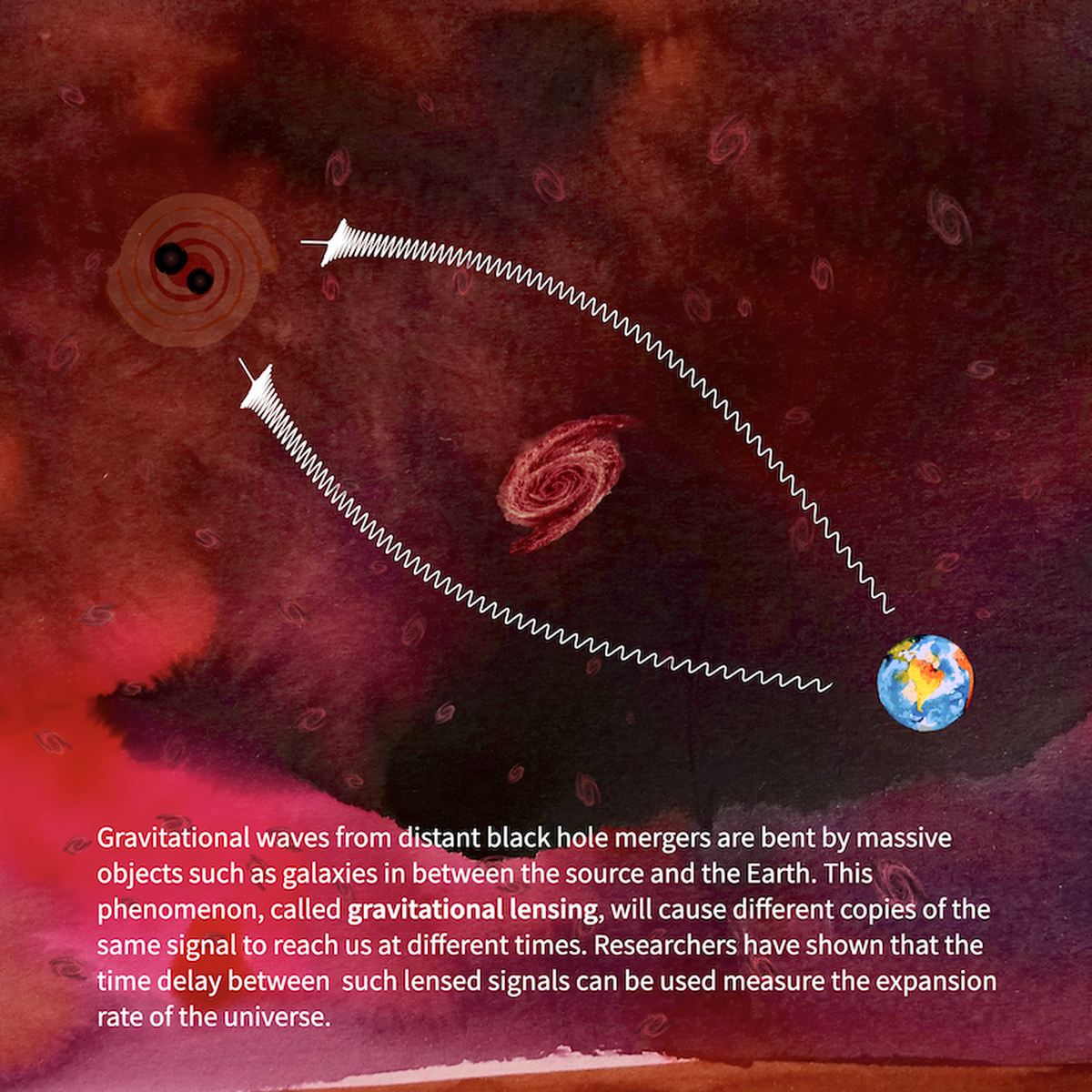
- Gravitational lensing is the phenomenon of bending of gravitational waves by the gravitational field of a massive object (like a black hole or a galaxy).
- This causes the different copies of the same signal to reach us at different times.
- Lensed gravitational waves can be used to learn:
- The mass and distance of the lensing object
- The mass and distance of the source of the gravitational waves
- The properties of the spacetime in the region where the gravitational waves were emitted
- The evolution of the universe
- The nature of dark matter and dark energy
|
What the New Method Proposes?
- The new method proposes to analyse a collection of all lensed waves and their time delays to measure the rate of expansion of the universe.
- Significance: Its ability to independently estimate the Hubble constant from the intermediate stages of the universe’s expansion.
{Prelims – Envi – Species – 2023/09/07} Chitala Fish (Chitala chitala)
- Context (HT I TOI): Union Ministry for Fisheries, Livestock and Dairying announced that river ranching of the Uttar Pradesh state fish Chitala will be carried out to increase its population.
- It is a nocturnal (active at night) predator feeding on smaller fishes.
- Distribution: It is found in the Indian subcontinent.
- It is found in the Indus, Ganges-Brahmaputra and Mahanadi river basins in India.
- Habitat: River channels, freshwater lakes, and swamps.
- IUCN status: Near Threatened





![PMF IAS Environment for UPSC 2022-23 [paperback] PMF IAS [Nov 30, 2021]…](https://pmfias.b-cdn.net/wp-content/uploads/2024/04/pmfiasenvironmentforupsc2022-23paperbackpmfiasnov302021.jpg)


